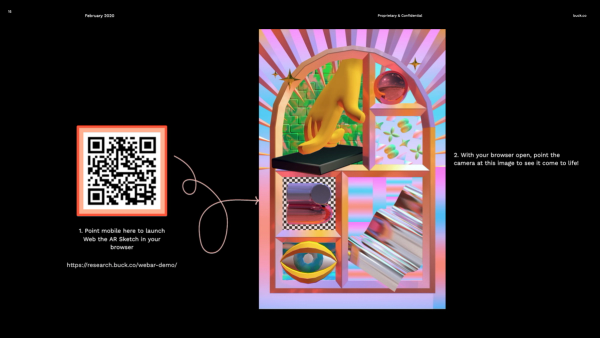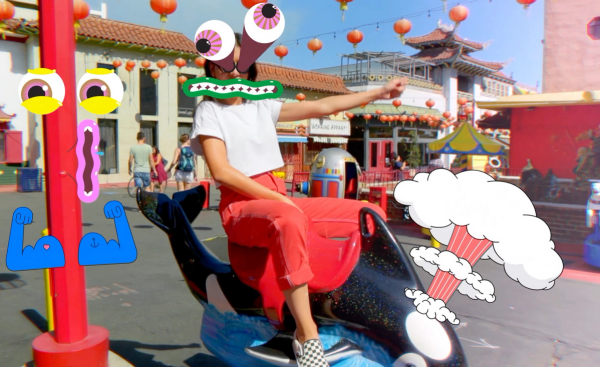Web AR Poster
2019 — 2020
To push the limits of AR applications in the browser, we created a WebAR poster with a trippy portal that sucks you into a technicolor world.
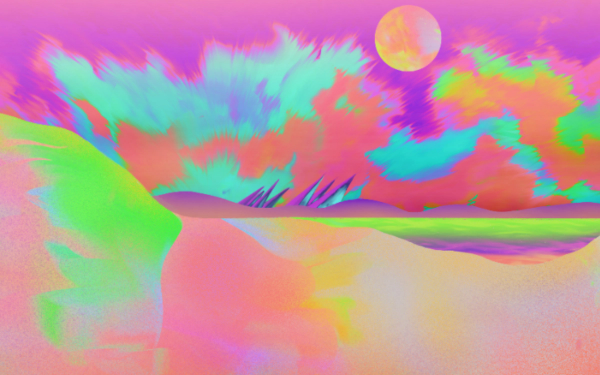
Internet -> Camera -> Action
We love AR, but we’re not into downloading extraneous apps. So we chose WebAR.
While it’s still in its infancy, we see loads of potential in it. Once WebAR grows up a bit, we imagine using it for location-based experiences without requiring users to download apps or funky authenticationizers, making for a much smoother experiences.
For our first foray into WebAR territory, we wanted to make a bring an extra dimension to a normally flat poster, opening a portal to a trippy alternate universe.
How It Works
To create the portal effect, we laid out everything in Cinema 4D then slowly transferred it into WebGL using GLTF files and some texture-exporting wizardry.
After some back and forth, we finally translated all the elements from design to web.
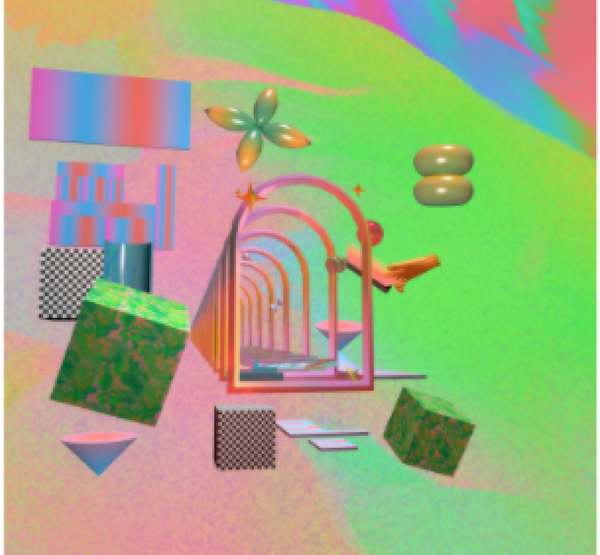
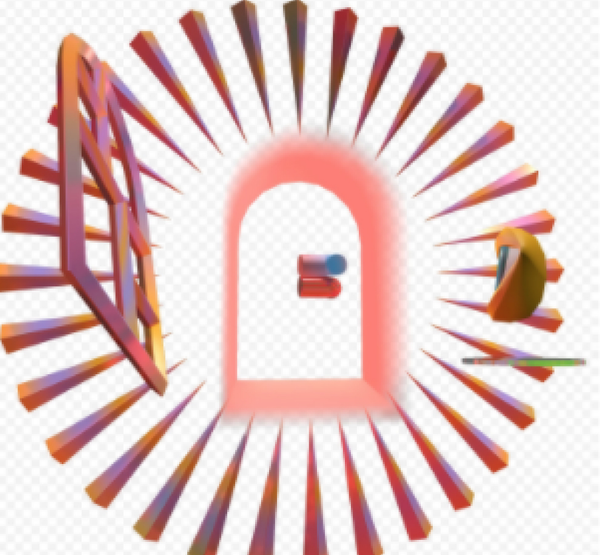

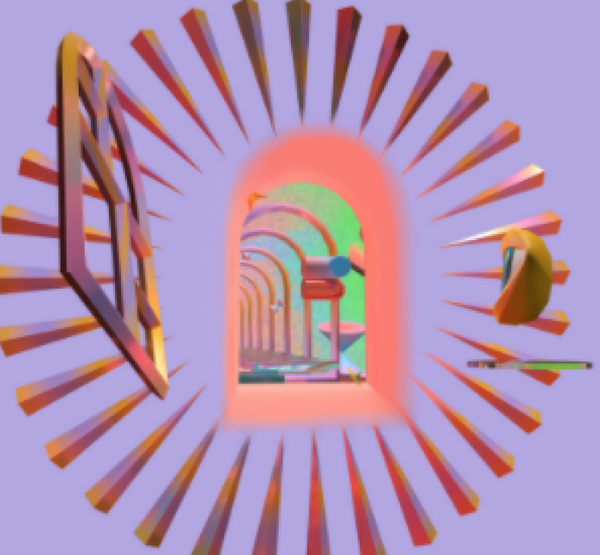
The Pipeline — An Overview
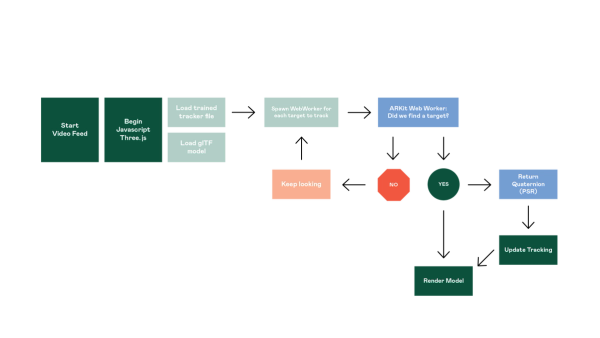
How it all works — in depth
Our Natural Feature Tracking (NFT) approach is based on the work of Kalwalt's jsartoolkit branch. ARToolkit has been around for years in many different forms, and we were excited by its latest web port via emscripten.
We adapted the code to a more modular format and made improvements to track multiple NFT markers. In a stress test, we were able to identify 10 unique markers simultaneously on desktop (Chrome OSX), and 5 on mobile (iOS and Android).
The current ARToolkit port requires that each worker has their own copy of the screen buffer and will crash if more than one tries to access it simultaneously. To get around this, we have the workers queue up to access the buffer, so no two workers are actively checking at the same time.
This slows the tracking linearly with the number of active targets, but workers with tracked targets often reach speeds of 120fps. The update loop renders at 30fps, so this often is negligible for small numbers of targets.
However, in future iterations, we think it’s reasonable this could be changed so that all workers could run simultaneously. In that case, the limit would be the numbers of JavaScript workers able to be spawned at once.
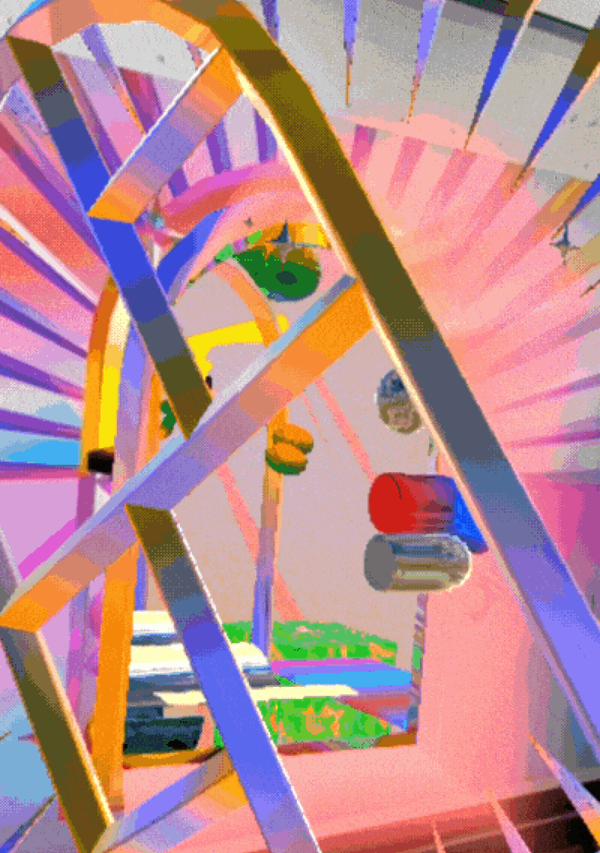
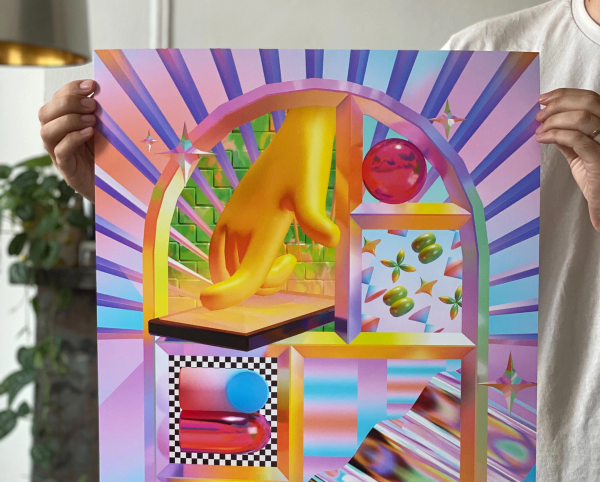
Try it yourself
The best part of creating a sketch in WebAR is that it’ll work on your phone right now. Check it out below.
